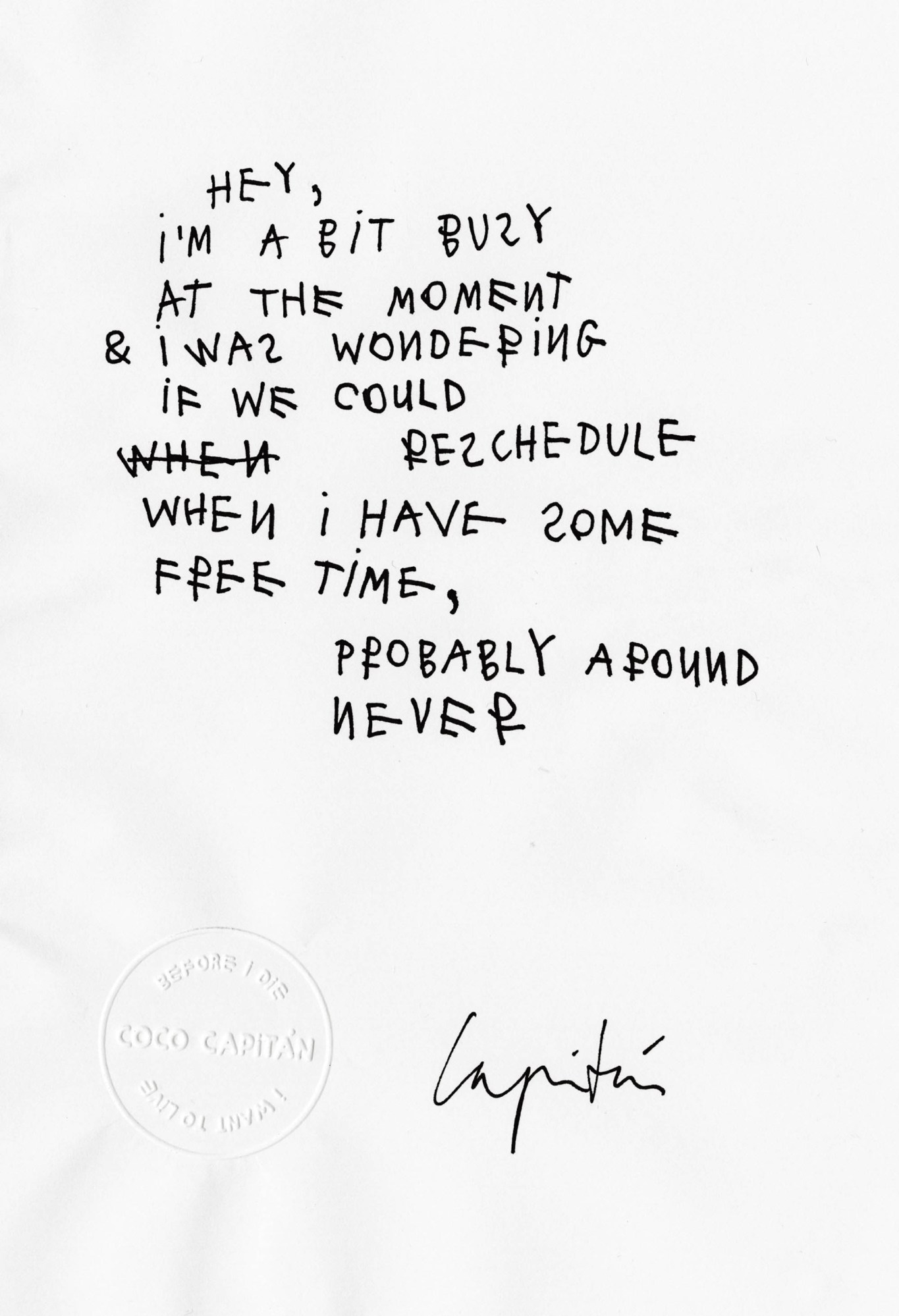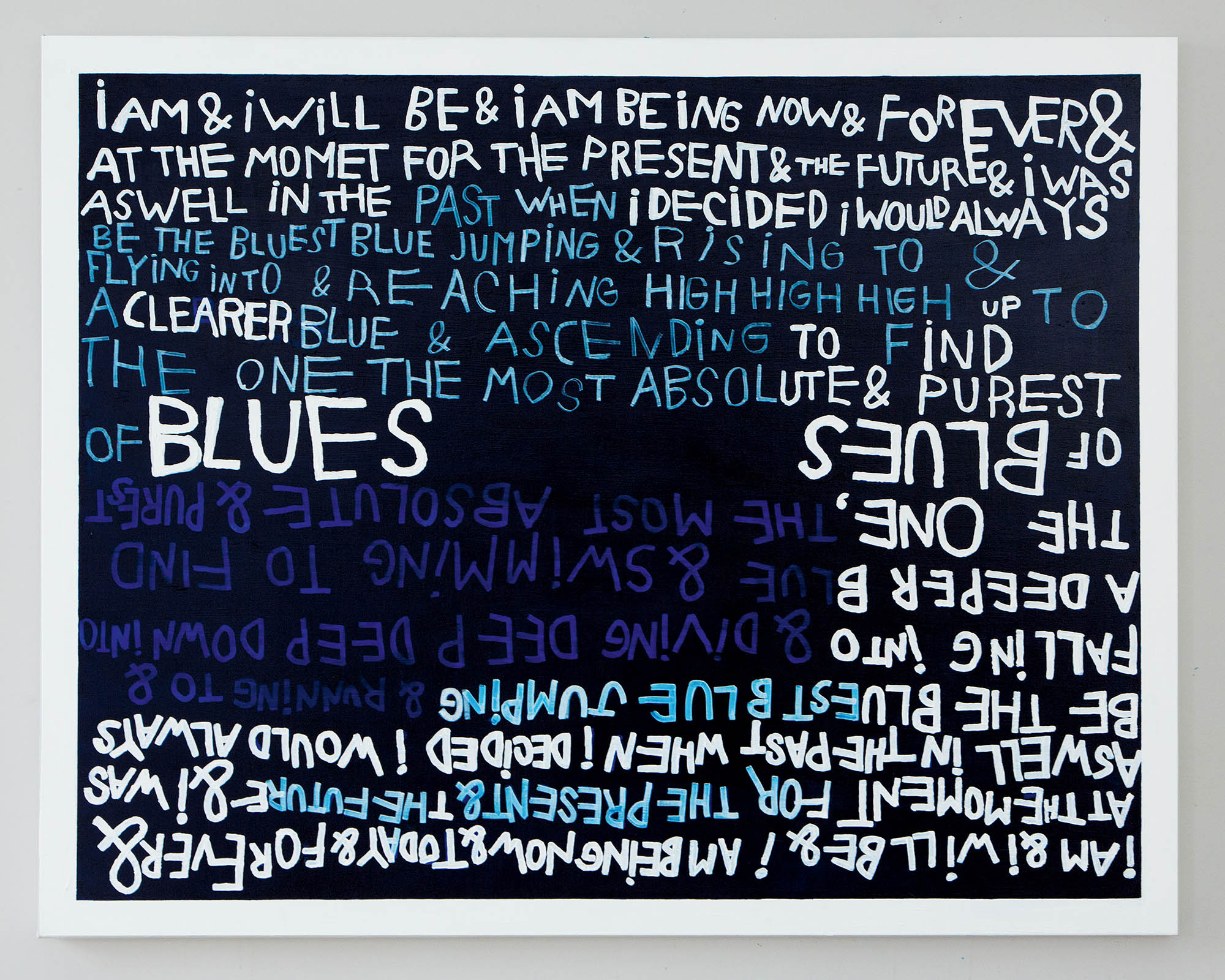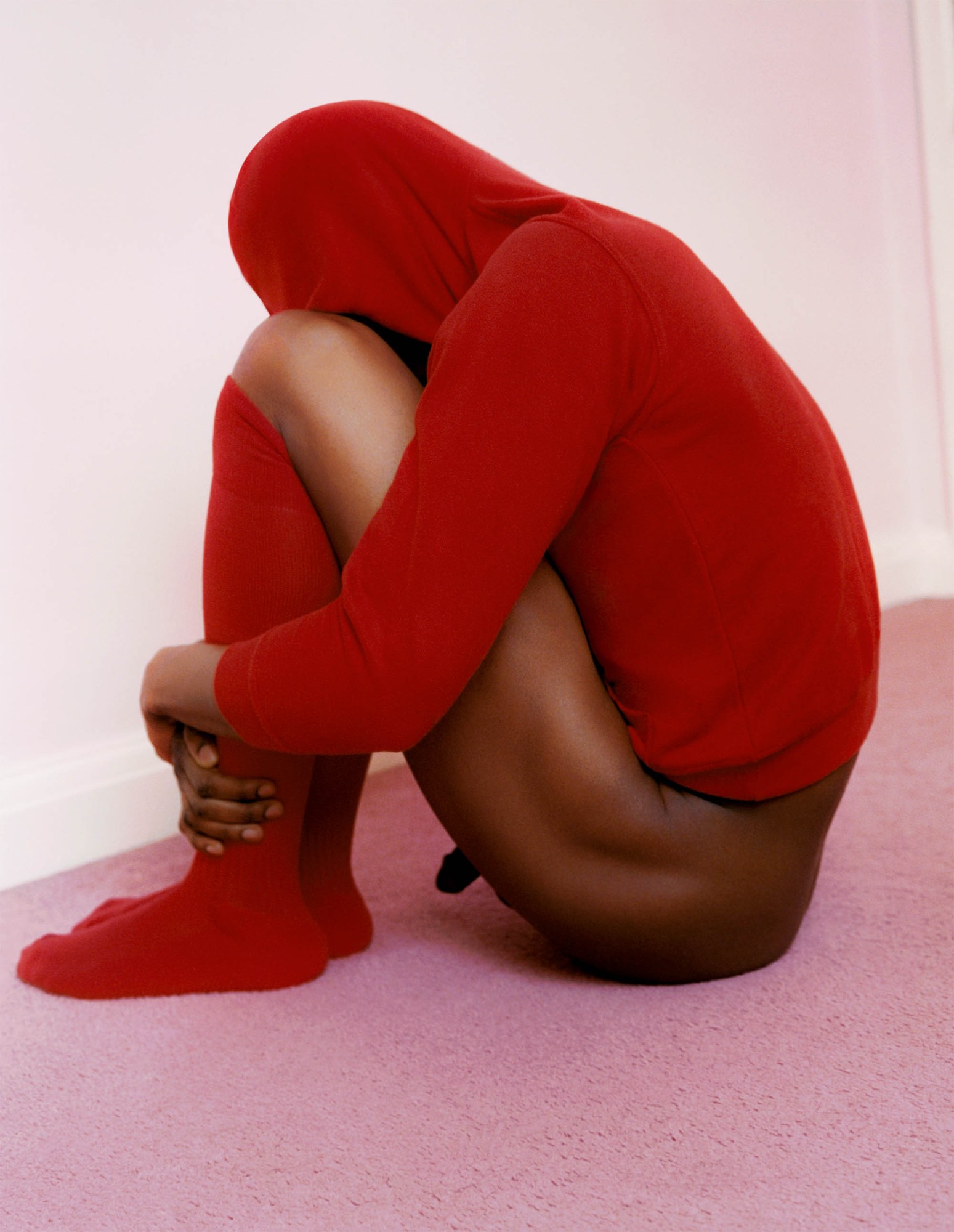In the last year Coco Capitán has had two retrospective exhibitions. Although Coco is adamant they aren’t. “I’m 27,” she says, with a laugh. “It’s a little bit arrogant, a bit pretentious, to start talking about a retrospective.” Instead she refers to them simply as “a decade of my work”. The first exhibition was held in Seoul last autumn, the second just opened in Paris, at the MEP, where Coco is speaking to me from. She describes this show in Paris, quite humbly as “a focus on which work feels relevant for now”. But the fact is that, at just 27, Coco has had two not quite retrospectives in the last year, in two very well respected art institutions. And this should tell you something about this young artist’s prodigious talent.

Something about her work does just click with people — “I want the people who are looking at my work to enjoy it! I’m very conscious of the importance of an audience,” she says. So what is it about Coco’s work that we like so much? Well, her work is funny and joyful, inquisitive and conceptual, full of wry humour and emotional honesty. It deals with capitalism and commerce, love and life, the realities of being an artist, making art, being alive in 2019. The way we connect to each other, the way we frame our existence online. It takes a lot of big ideas, and is playful with them.
That strain runs through all she does, from photography to writing to painting. Most of the art in the exhibition was made in the last decade, there’s a notebook Coco had when she was a child, but its closed so you can’t see into it. There are a few early photographs she took of the sea around 17 or 18, just after moving to London to study. But to reaffirm her claim that this is not a retrospective, it feels like one body of work. “There’s a point-of-view that runs through the exhibition,” she explains, “And that’s me, out in the world, looking at things, living. I don’t think I’ve changed so much since I was an 18-year-old.”

The Paris show is titled Busy living everything with everyone, everywhere and it combines Coco’s fashion photography, her writing, her paintings, her self-portraits, images taken on the road in America and China and at home in Spain. Her work is bright and colourful — drenched in red and blues and yellow. But it’s also a little sly, in that it combines the energy and surface iconography of pop art with the intimacy of the diary, but constantly subverts both. That energy, that colourfulness, that surface iconography makes it very shareable, but the works reject the simplicity of the overloaded image economy we live in, anxiously distorting it.
This subversion goes down to that lengthy exhibition title. “I wanted something that would reflect my excitement for life, this energy, this desire to explore all the possibilities life has, all these people to meet, all these adventures to go on… I think that’s what my work is a reflection of,” she says. “But the title also reflects this moment we are moving through right now as a society, fuelled by social media, by capitalism, we’re all trying to achieve everything in an instant.”

It often feels like Coco has achieved everything in an instant though — she famously collaborated with Gucci while she was still a student (there’s a painting of Alessandro in the exhibition). As well as being an incredibly talented photographer and painter, Coco also has a great way with language, an ability to coin cute-but-dark aphorisms, that reveal that tension between joy and unease. It was this that led Gucci to her, one those slogans “What are we going to do with all this future” appeared throughout Gucci advertisements and garments.
Coco moved to London at 18, studied Fashion Photography at LCF, and then Fine Art at the RCA for her MA. She almost immediately started working commercially, something which caused her some consternation when she was a student. “At the RCA I was questioned all the time about my motives for working as a commercial fashion photographer,” Coco explains. Few industries are as snobby about commerce as the fine art world, as if all artists are free from selling out, dumbing down, making work to make work. This is of course isn’t true. “I struggled to fit in, to be defined as ‘fine artist’, but in the process of trying to fit in I realised that it’s stupid to make that distinction. It’s more relevant to make a distinction between shitty work and good work. Many of the best adverts have stolen their ideas from artists, and many of the best artists steal their ideas from adverts. So what’s the point of thinking they’re any different? Just make some work if you have something to say.”

One of the works in the show jokingly pays reference to this — a text piece that says “I’m Just Like Andy Warhol Only I am Not An Artist”. But it’s indicative of the most fun and interesting aspects of her work, this exuberant self-deprecation, this ability to grapple with the history of art with a prankish sincerity. One painting, for example, is a repainted version of a Richard Prince photograph of a Marlboro advert, with Coco inserted in the foreground.
But back to Andy. Does she feel like an artist though? “I do feel like an artist, I think I am an artist. I spend most of my time making art, talking about art, thinking about art. But how people see me? I don’t care. It might be important to other people, but not for me. You know, the moment you put a work on the wall in a gallery, then people can allow themselves to think of you an artist. No one knew how to refer to me at first, but I found it quite funny. It’s fine. I just want to enjoy making my work. I want to people to connect with the ideas I’m trying to share something with people, that’s my ultimate goal, and if that makes me an artist? That’s for someone else to stay.”
Busy Living by Coco Capitán is published by Loose Joints. All images © Coco Capitán 2019 courtesy Loose Joints.

